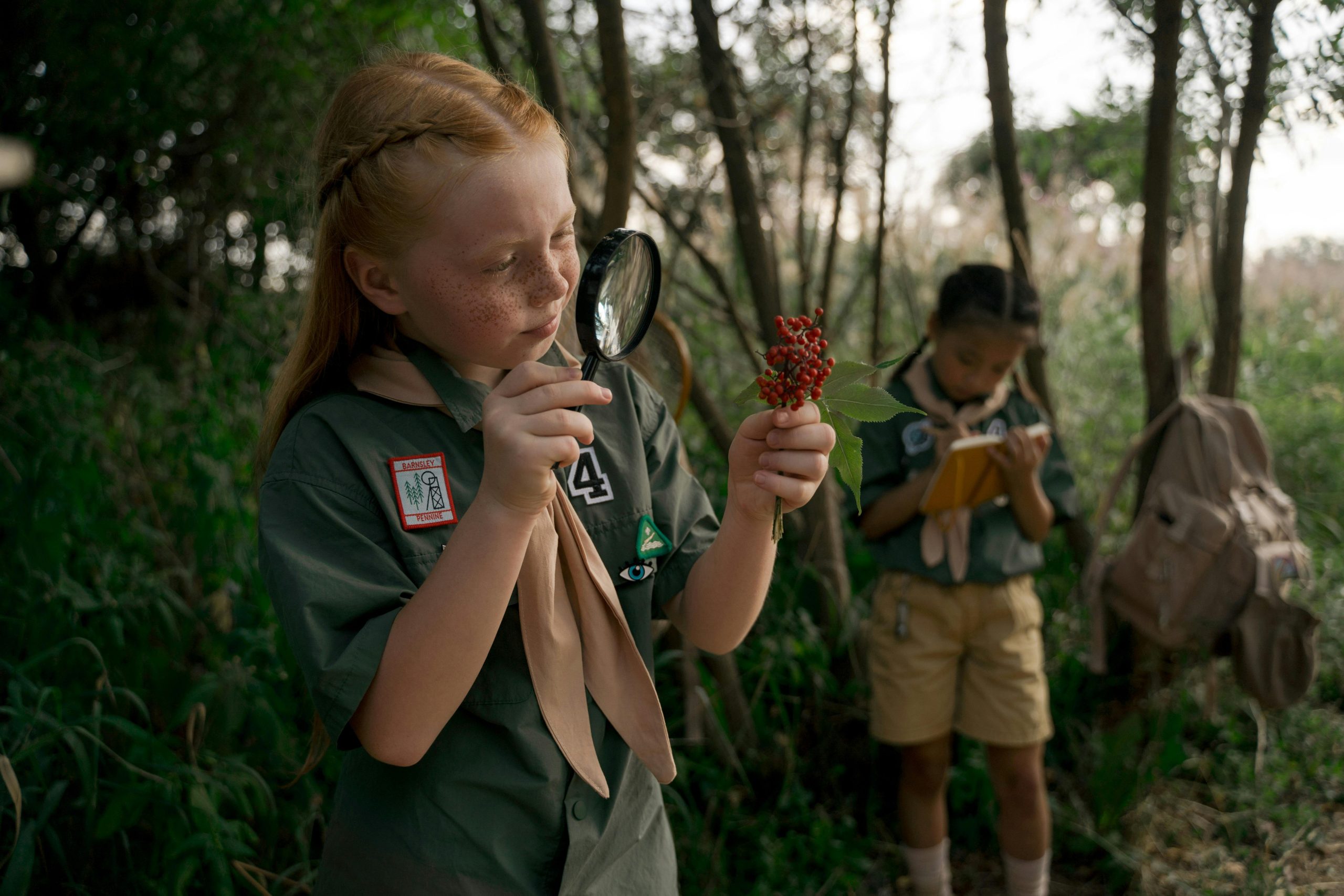Encouraging kids to explore the wonders of science can be both fun and educational, and one of the best ways to nurture their curiosity is by helping them create a science journal. A science journal is a fantastic tool for young scientists to record observations, ask questions, and document experiments. Whether your child is a budding biologist, an aspiring astronomer, or just loves to explore the world around them, a science journal can make learning interactive and exciting. Here’s a step-by-step guide to creating a science journal that’s engaging, easy to use, and packed with creativity.
Why a Science Journal is Great for Kids
A science journal isn’t just a notebook—it’s a space where kids can unleash their creativity while learning scientific concepts. Here’s why it’s a must-have for young learners:
- Encourages Critical Thinking: Writing down observations and questions helps kids analyze and reflect on what they discover.
- Boosts Creativity: Kids can draw, write, and even paste pictures to document their findings.
- Makes Learning Fun: Hands-on experiments and journaling turn abstract concepts into tangible experiences.
- Builds Confidence: Keeping a journal gives kids a sense of accomplishment as they track their progress.
By making science personal and interactive, a journal transforms learning into an adventure.
Materials You’ll Need
Creating a science journal doesn’t require fancy supplies—just a few basic materials to get started. Here’s what you’ll need:
- A Notebook or Binder: Choose a sturdy notebook with blank or lined pages, or use a binder with loose-leaf paper for flexibility.
- Writing Tools: Pencils, colored pens, and markers make journaling more fun.
- Art Supplies: Glue sticks, scissors, and stickers help kids decorate their journal.
- Printed Resources: Worksheets, diagrams, or photos can be pasted into the journal.
- Ruler and Magnifying Glass: Useful for measuring and observing small details.
With these simple supplies, your child can start documenting their scientific explorations right away.
How to Set Up the Science Journal
Now that you have the materials, it’s time to organize the journal. Follow these steps to make it structured yet flexible:
- Create a Title Page: Let your child decorate the first page with their name, a fun title (like “My Science Adventure Journal”), and drawings.
- Add a Table of Contents: Reserve a few pages at the beginning to list experiments and observations for easy reference.
- Divide into Sections: Use tabs or sticky notes to separate the journal into categories like “Experiments,” “Observations,” and “Questions.”
- Include a Glossary: Add a section at the back for new scientific terms they learn.
This setup keeps the journal organized while allowing room for creativity.
Fun Activities to Include in the Journal
To keep the journal exciting, incorporate a mix of activities that cater to different interests. Here are some ideas:
- Nature Observations: Go outside and document plants, insects, or weather patterns with sketches and notes.
- Simple Experiments: Try easy experiments like growing seeds, making a volcano with baking soda, or creating a rainbow with a prism.
- Science Questions: Encourage kids to write down questions like “Why is the sky blue?” and research the answers together.
- Photo Collages: Paste pictures of their experiments or findings to make the journal visually appealing.
These activities make science hands-on and engaging, ensuring kids stay interested.
Tips to Keep Kids Engaged
Maintaining enthusiasm is key to a successful science journal. Here’s how to keep kids motivated:
- Make It a Routine: Set aside regular time for journaling, like after school or on weekends.
- Celebrate Discoveries: Praise their efforts and display their journal proudly.
- Connect to Real Life: Relate experiments to everyday phenomena to show science in action.
- Encourage Collaboration: Let them share their journal with friends or family to spark discussions.
With these tips, the science journal will become a cherished part of their learning journey.
Creating a science journal for kids is a wonderful way to foster a love for learning and exploration. By providing structure while encouraging creativity, you’ll help them develop critical thinking skills and a deeper appreciation for science. Whether they’re observing nature, conducting experiments, or asking big questions, their journal will become a treasure trove of discoveries. So grab a notebook, gather some supplies, and start this exciting scientific adventure today!
